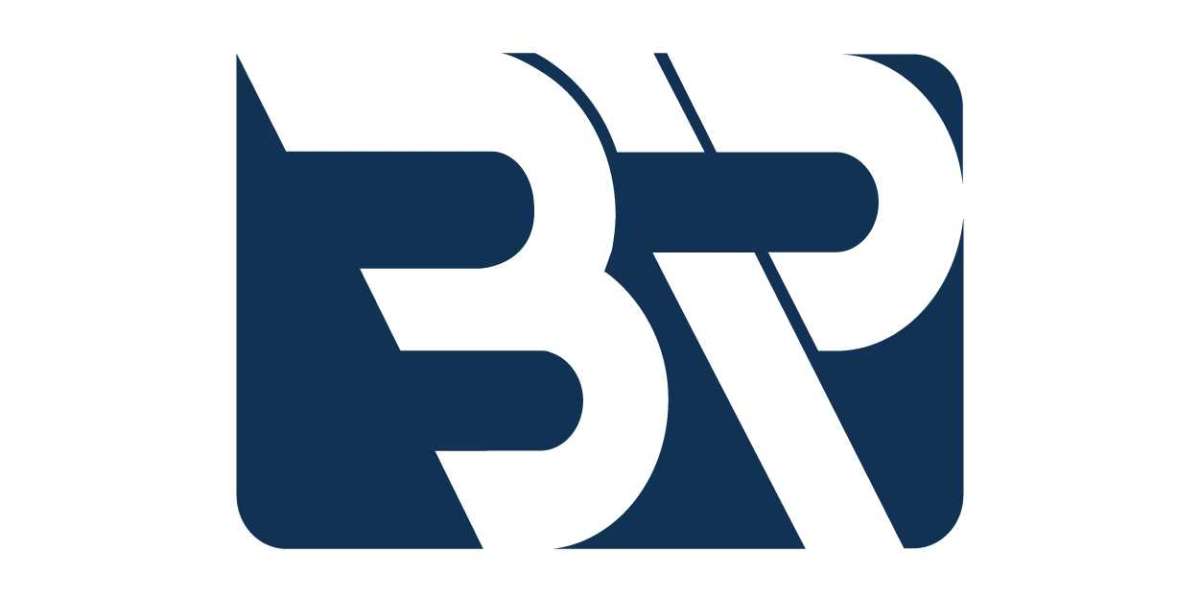What's Pultrusion?
Pultrusion is a manufacturing process for converting reinforced fibers and liquid resin into a fiber-reinforced plastic, also known as fiber-reinforced polymer (FRP). The pultrusion process allows continuous production of FRP structural shapes in an automated, energy-efficient process by pulling fiberglass rovings through a resin bath or resin impregnator that completely saturate the reinforcements. The resin hardens from the heated steel pultrusion die, resulting in a strong, lightweight final product that follows the shape of the die.
Pultrusion Process
Pultrusion machine design can vary as part geometry can differ. The two main types of pulling systems used to create FRP profiles are reciprocating (hand-over-hand) and continuous (cat-track).
The rovings of fiber reinforcements are positioned by the creels for continuous feeding onto the guide plate. To ensure strength and quality, the fiber reinforcements must be positioned accurately within the finished composite.
The resin impregnator is optimally designed to completely saturate the fiber reinforcements in a resin bath or wet out that consists of either epoxy, polyurethane, polyester or vinyl ester. Fillers and other additives such as colors, fire inhibitors and UV retardants can be included to improve the lasting performance of the composite.
As the reinforcements exit the resin impregnator, they’re passed through “pre former” tools, designed to squeeze out surplus resin and organize the fiber reinforcements into the correct shape. During this process, additives such as continuous strand materials and protective surface veils are often included to improve the structure, resistance to corrosion and finish of the final product.
After this process, the resin impregnated fiber passes through the steel die for polymerization. The die is heated at a consistent temperature to cure the thermosetting resin, resulting in a solidified polymer.
The hardened FRP is then pulled towards the saw by the pulling system for accurate cutting to the desired length. The pull locks are custom made of urethane to ensure cured profiles aren’t cracked, distorted or deformed by the pulling system.
Products manufactured under this technology are widely used in the following industries:
In the agriculture and chemical industries for manufacturing of chemically resistant to aggressive media slatted floors with enhanced strength characteristics used in the construction of livestock facilities, chemical plants, etc.;
in the construction industry for the production of glass-fiber reinforcement, profiles, carcasses, stiffening bars for PVC-windows, etc.;
in the aerospace industry for manufacturing of structure components of aircraft;
in the sports and tourism industries for manufacturing of equipment exhibiting enhanced strength properties: skis, ski poles, golf course flagsticks, tent and hovel constructions, etc.;
in electrical power engineering for manufacturing of dielectric structures, fiberglass rods used in composite insulators and as supporting structures for elements of signaling blocks, and fiberglass profiles used in manufacturing of transformers and electric motors;
in commercial production, using grains of long-fiber molding material (LLM) as a raw material for subsequent manufacturing of structures and products with enhanced strength and chemical properties;
in the automotive industry for the production of structural and complex parts of the vehicles with enhanced stiffness, rigidity and lightness;
and in many other industries and plants, using mechanisms, structures and materials, which meet high standards of chemical, dielectric and strength stability.
What’s the difference between the use of GRE pipe and GRP pipe in ship pipeline
GRP is used for ballast water pipes, but GRE is used in seawater pipelines. These two kinds of pipes are used more and more, but what is the difference between the specific applications?
FRP is the general term for glass fiber reinforced composite materials, that is, the general term for glass fiber reinforced plastics, which contains GRE and GRP.
FRP is composed of matrix materials and reinforced materials. Due to the different matrix materials, some are called GRE, and some are called GRP. The matrix material is generally resin, and the reinforcement material is glass fiber. Adding other raw materials into the production process can obtain more excellent performance. For example, adding graphite or carbon fiber can obtain static conductivity and if phenolic resin is used as the matrix material, a high temperature resistance can be obtained, it can withstand a high temperature of 3000 degrees Celsius in an instant.
The ability of FRP pipes to conduct electricity has made it very popular and concerned in the shipbuilding industry in recent years. The ballast systems of special ships such as oil tankers, chemical tankers, offshore platforms, etc. have also begun to use FRP pipes and accessories.
In addition to the static electricity conductivity mentioned above, there are many other advantages:
Light weight, the general glass fiber reinforced plastic pipe of the same diameter is only 35% of the weight of the carbon steel pipe.
It is resistant to seawater corrosion, which usually can be used for more than 50 years.
Can be made into different colors.
The disadvantage is that it can bear a low pressure, generally about 10KG (GRP pipeline), but it is enough in the ballast system.
The Benefits and Applications of Pultruded Fiberglass Rods
As technology evolves, many industries require specific parts with properties that can't be matched by traditional materials (e.g., steel, aluminum, wood.) Many verticals need options that are both durable and lightweight to meet fast-evolving and unique requirements.
Pultruded fiberglass has been used for many years in various industries. Today, it's an indispensable part of the global manufacturing economy and the material of choice for verticals such as construction and utility.
In this article, we'll look at the unique properties, the wide range of applications, and the many advantages of pultruded fiberglass rods:
What Are Pultruded Fiberglass Rods?
Pultruded fiberglass rods are made of a composite material that consists of polyester resin and fiberglass. They have unique characteristics that are suitable for a wide range of applications in various industries such as manufacturing, construction, utility, motor vehicles, telecommunications, and more.
The pultrusion process allows the rods to be formed into almost any shape and customized to meet the needs of different applications. Some common stock shapes include solid rods, tubes, bar stock, oval solids, channels, half rounds, and tees.
The characteristics of pultruded fiberglass rods are determined by the composite matrices, which are achieved by varying the resin system and glass content properties. Conductor rods are produced by co-pultruding the fiberglass-reinforced resin with copper wires.
As such, fiberglass rods can be manufactured to meet a wide range of requirements for specific designs and applications. They can be machined, butted, slotted, chamfered, rounded, and pointed easily with simple tools.
In addition, the composition of these rods can be varied to provide extra high strength, tolerate different temperature ranges, or offer flame-retardant, track-resistant, and corrosion-resistant qualities.
What's a Pultrusion Process?
This manufacturing process converts reinforced fibers and liquid resin into a fiber-reinforced plastic using a pulling method, as opposed to a pushing method used in an extrusion process.
The first step in the pultrusion process is to saturate the fibers by pulling them through a resin impregnator containing a bath made of epoxy, polyurethane, polyester, and/or vinyl ester.
Often, fillers and additives such as colorant, fire inhibitors, and UV retardants are blended into the bath to enhance the finished product.
Next, the saturated fibers enter a “pre-former” tool that squeezes out excess resin and shape the fiber reinforcements. The composite is then pulled through a heated steel die, which cures the thermosetting resin to create a solidified polymer of the intended shape and size.
Lastly, the hardened polymer is pulled toward a cutting blade so it can be cut into the desired length. Urethane pull blocks are used to prevent the finished product from cracks, distortion, and deformation during this process.
Compared to extrusion, pultruded materials demonstrate higher tensile strength because of the continuous length of reinforcing fibers -- making them lightweight yet strong.
What Are The Benefits Of Using FRP Pipes?
1. Corrosion resistance
FRP pipes inherit resistance to corrosion. In most cases, Fiberglass Reinforced Plastics are the only material that can handle some service environment. Moreover, their resistance to corrosion is normally combined with their cost advantage to make them the most acceptable solution. Corrosion resistance of Fiberglass Reinforced Plastic pipes is a function of the total resin content and the resin used in the pipe laminate. Therefore, higher resin content means more resistance to corrosion.
2. Weight advantages
FRP pipe has low weight to strength ratio, which is another distinct advantage of the FRP pipes. For the same strength, Fiberglass Reinforced Plastic pipes weigh approximately half as much as aluminum and one seventh as much as stainless steel.
Lightweight properties are vital especially when considering the ease and cost of installation of piping systems. FRP pipes’ inherent light weight is a major advantage when the equipment has to me mounted on an existing structure such as scrubbers on rooftops or mezzanines.
The high strength of FRP pipes plays a major role in the design of various FRP equipment and applications such as pultruded shapes. Moreover, the high strength combined with the light weight features make FRP pipes suitable for filament wound pipes and ducts.
4. Economy
Lower cost is a major advantage of using FRP pipes because they offer an effective solution to corrosion at the lowest cost when compared to materials such as titanium, rubber lining and stainless steel. However, the cost advantage of such materials mainly depends on the design considerations, application, pressure involved, availability, raw material costs and product configurations.
5. Flexibility
FRP pipes are versatile in their applications is often overlooked. However, it is important to note that you can do things with Fiberglass Reinforced Plastic pipes which cannot be done effectively and economically with other readily available materials. FRP pipes can be used to mold any piece of equipment or configuration for which permanent or temporary molds can be built. For instance, duct work is quite easy with FRP pipes because you can make all types of Tee inlets, rectangular transitions, circular transitions, elbows, and flanges at minimal cost. Fiberglass Reinforced Plastic pipes can also be used to line new and existing structures.








